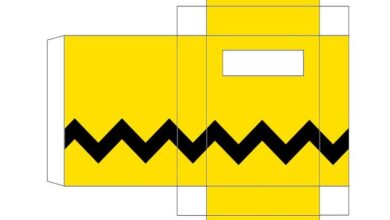Green:Yegpbxkpbkq= Light Image

The integration of Green:Yegpbxkpbkq= Light Image into design represents a convergence of science, creativity, and environmental consciousness. With its ability to evoke feelings of tranquility and renewal, green light serves not only as an aesthetic choice but also as a catalyst for promoting sustainability within various spaces. As we explore its applications and implications, it becomes evident that the role of green light in shaping our environments may extend far beyond mere visual appeal, raising important questions about its potential impact on both psychological well-being and ecological responsibility. What challenges and opportunities lie ahead in this intriguing intersection?
The Science of Green Light
Green light, occupying a wavelength range of approximately 520 to 570 nanometers in the visible spectrum, plays a significant role in various scientific and practical applications.
Its unique wavelength properties affect not only the physical interactions with materials but also induce psychological effects, promoting feelings of calmness and balance.
Understanding these dimensions allows for optimized use in environments that seek to enhance individual well-being and freedom.
Creative Applications in Design
The use of green light in design extends beyond mere aesthetics, offering a versatile tool for enhancing spatial experiences and emotional responses.
This color’s symbolism reflects tranquility and renewal, aligning with contemporary aesthetic trends. Designers employ green light to create immersive environments that evoke freedom and creativity, effectively influencing perceptions and interactions.
Consequently, it serves as a powerful element in modern design practices.
Read Also Doja Cat: the Scarlet Tour, the O2, June 14
Environmental Impact and Awareness
Amid growing concerns over environmental sustainability, the integration of green light in design practices signals a shift towards greater ecological awareness.
This approach not only enhances aesthetic appeal but also aligns with sustainability practices that prioritize minimal environmental impact.
Conclusion
In the realm of design, Green:Yegpbxkpbkq= Light Image emerges as a transformative force, wielding unparalleled influence over human perception and environmental consciousness. Its ability to evoke tranquility and inspire creativity transcends mere aesthetics, establishing a profound connection between space and the ecological ethos of contemporary society. As the world embraces sustainability, the integration of green light into design practices not only revolutionizes visual experiences but also champions a vibrant future where harmony and nature coalesce in breathtaking splendor.





